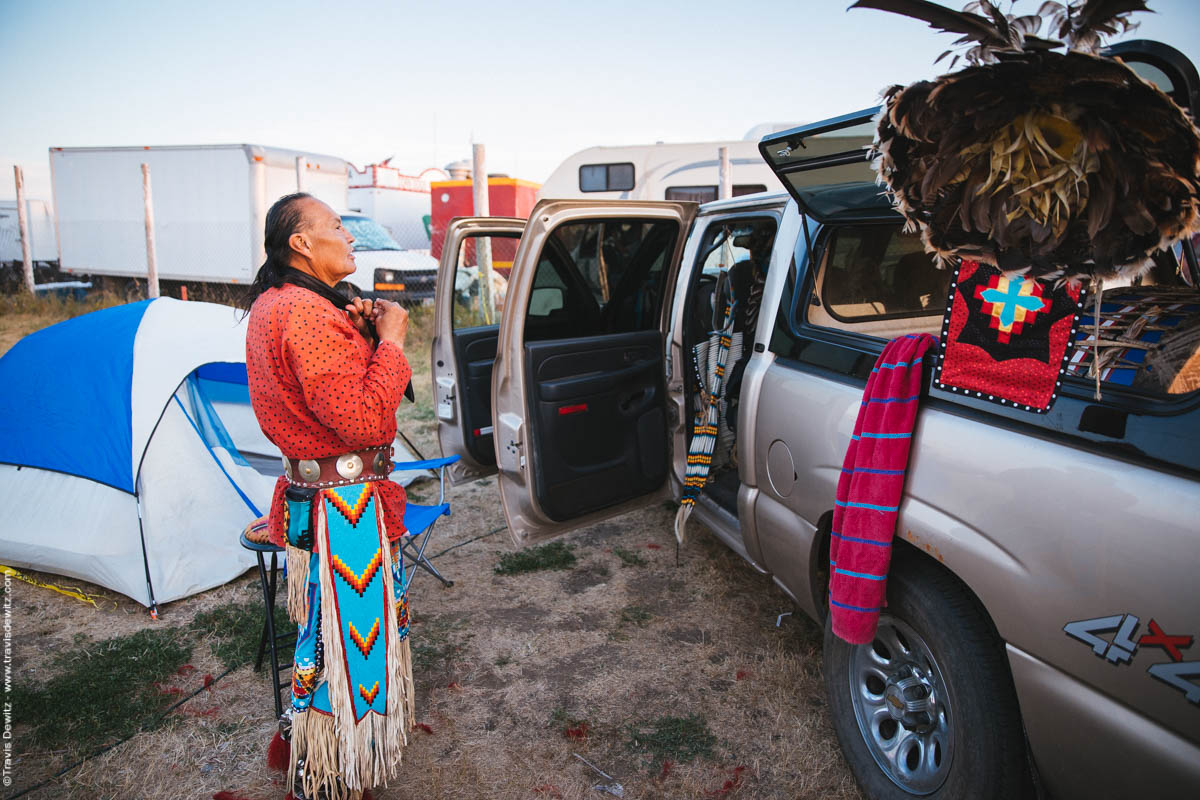

"People idolize George Custer," she said.

She said that she is surprised by the opposition to changing that. She recalled her own wonderment as a schoolgirl, on a reservation in Utah, at hearing the Little Bighorn battle presented "as a cavalry story," she said. I have to go back and do what my grandfather taught me to do.' "Ĭuster ran into an immense camp of about 10,000 Indians with more than 2,000 warriors. "What you had was a group of people who said, 'I can't be a farmer. "It's like you took all the people in Baltimore and moved them out of the city and said, 'Now you are all farmers,' " said Lawrence Wetsit, tribal chairman at the Pine Ridge reservation in Montana, where many of the Sioux involved in the battle eventually went. The encampment he found on the meandering Little Bighorn River was of Sioux and Cheyenne who refused to sign the reservation treaties, and others who were disgusted at reservation life and left. That was Custer's job: to drive the Indians into reservations.

All now have reservations, each a pocket of poverty and stagnation. The Crow fought with Custer to try to regain their land from the Sioux and Cheyenne. The road passes through the Crow Reservation, one of several large lots to which the Indians who sought their freedom have been consigned.


 0 kommentar(er)
0 kommentar(er)
